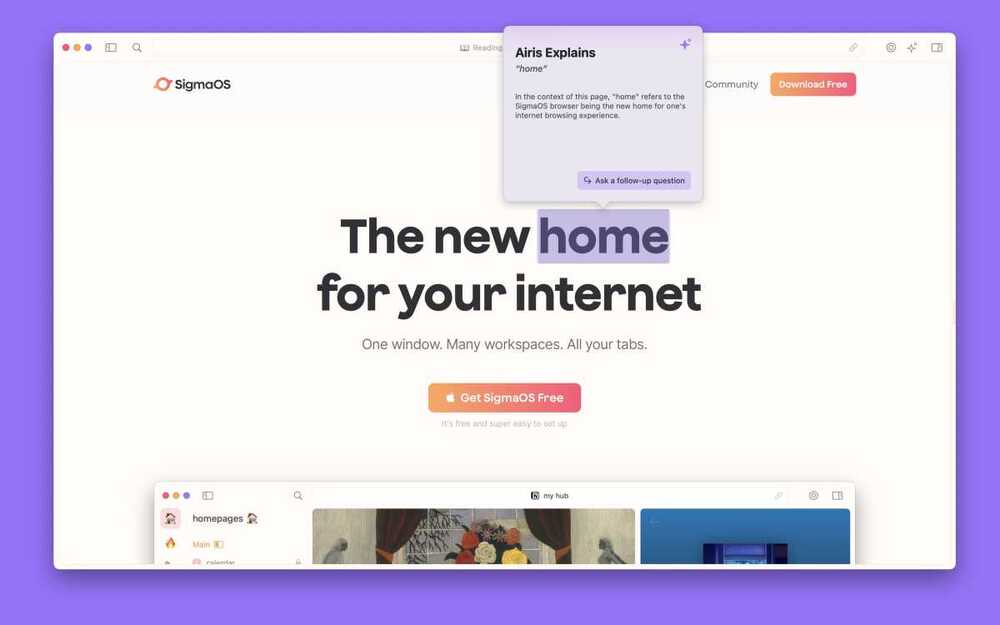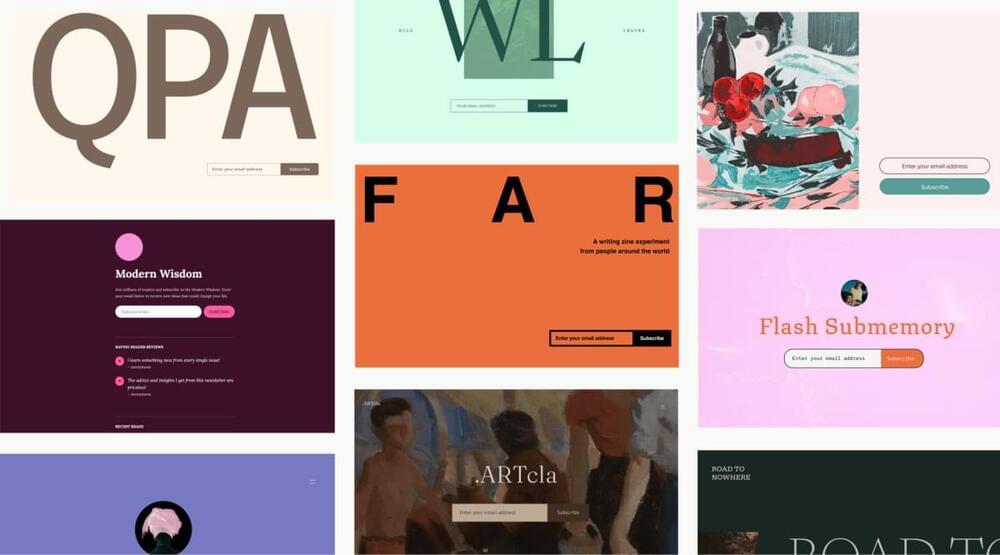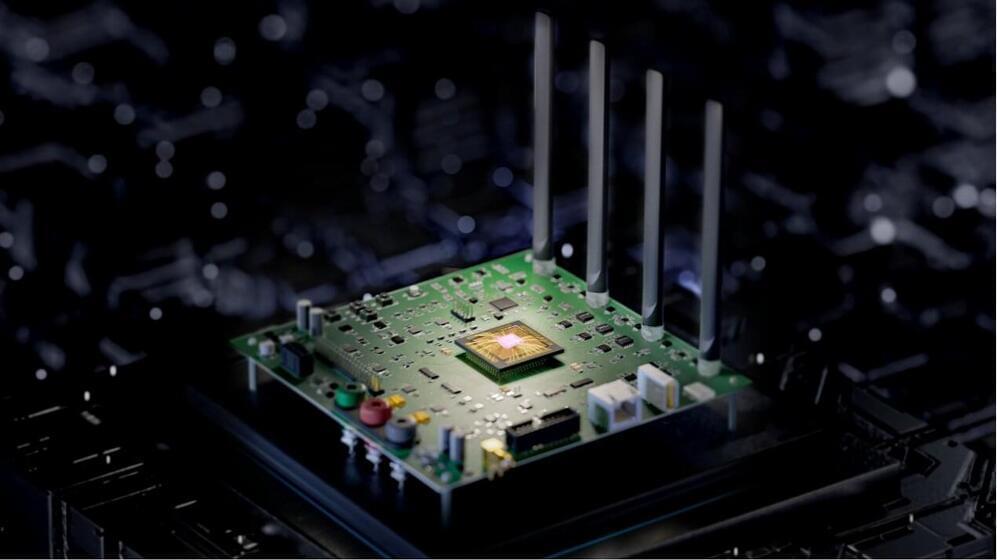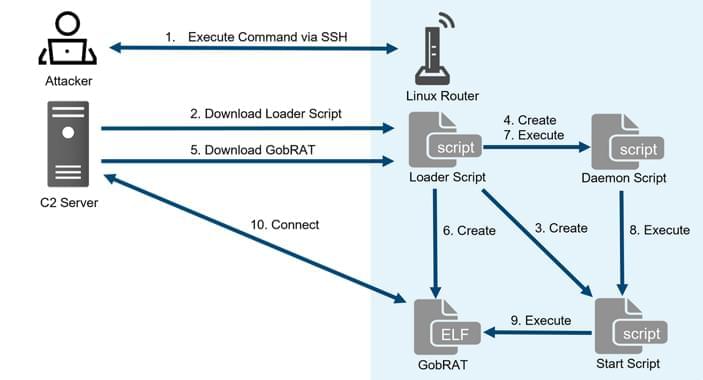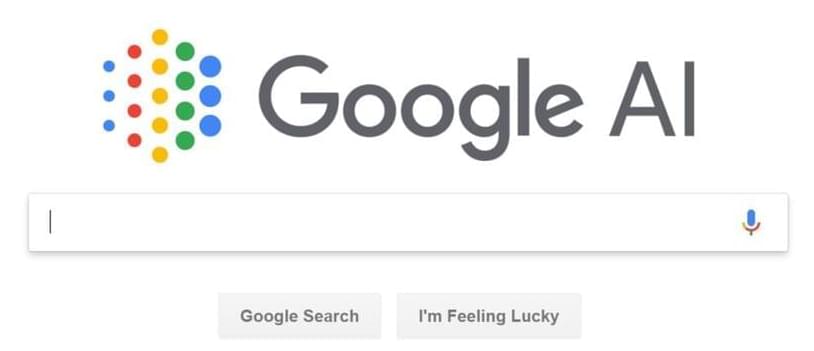While OpenAI launched an official ChatGPT app for iOS, most of the AI-powered chatbots are still best accessible through the web. And that’s why browsers are stepping up to integrate AI-aided features within their apps. LocalGlobe-and Y Combinator-backed web browser startup SigmaOS launched its own AI assistant on Thursday to a limited set of people.
The company says that the unique thing about Airis, its AI assistant, is that understands a page’s context and gives you answers based on that. Here’s a good example: if you are reading about Manchester United, ask Airis to explain “United” or ask questions about it, the bot understands that you are asking about the football team and not just the word.
